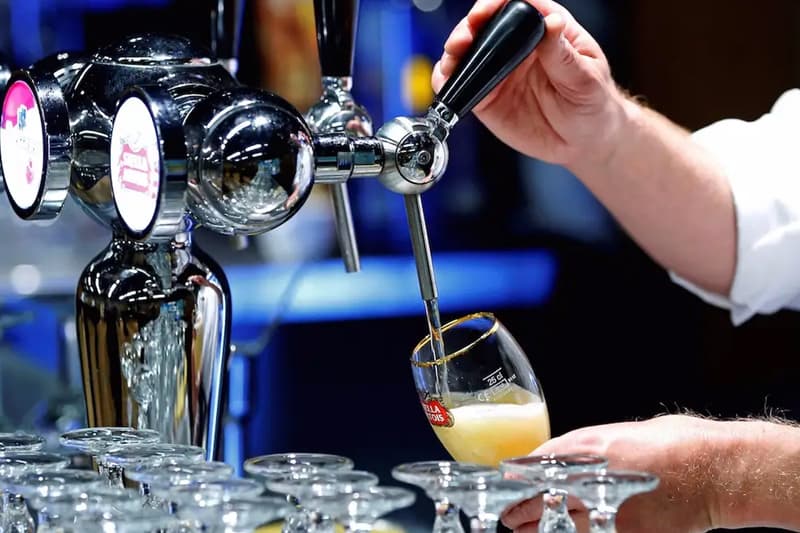Microbrewery
The microbrewery is classified according to the number of beers produced in a year (in barrels). They can produce up to 15,000 barrels of beer each year, and 75% of the beer needs to be sold outside the brewery.
Although 75% or more of the beer in the microbrewery must be sold outside the brewery. But there will still be some microbreweries selling beer to beer consumers in small tasting rooms or bars. Microbrewery complete sales in one of three ways:
- Three-tier sales: brewers sell to wholesalers, wholesalers sell to retailers, and retailers sell to consumers.
- Two-tier sales: brewers act as wholesalers and sell to retailers, and retailers sell to consumers.
- Direct sales: Brewers sell directly to consumers through takeaway or sales at on-site bars or restaurants.
Nano Brewery
Brewpub
Taproom Brewery
Regional brewery
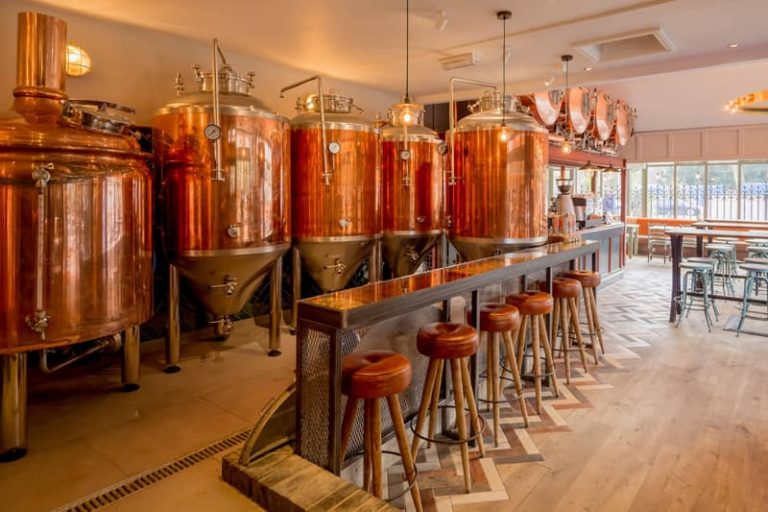
Craft brewery
So, what is the difference between craft breweries and other types of breweries?
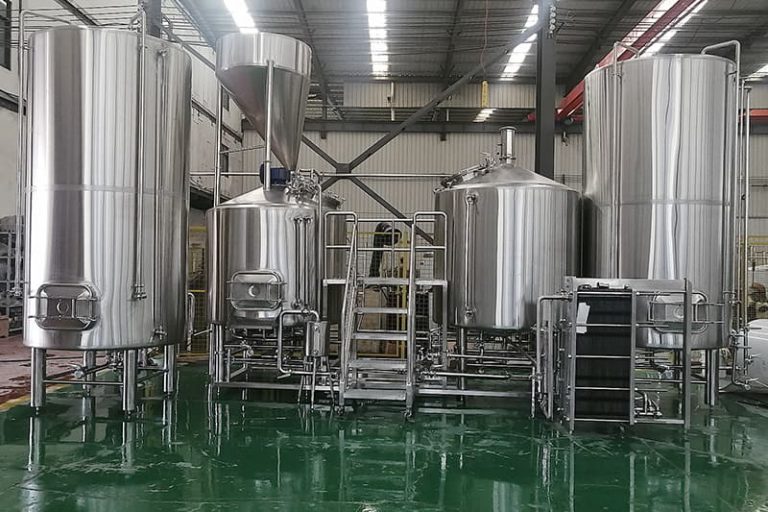
What are the characteristics of craft breweries?
- Craft brewers are small and independent, without any substantive guidance from non-craft brewers;
- The hallmark of craft breweries is innovation, and they are committed to developing more flavored craft beer;
- The craft brewery has made a new interpretation of the historical style and the unprecedented new beer style;
- Craft breweries usually like to establish contact with customers in a personalized and unique way;

What are the characteristics of craft beer?
- Craft beer is usually not filtered and sterilized by high temperature, and no preservatives and chemicals are added;
- Craft brewers use large amounts of malt for brewing. This is because malt will add a better flavor, texture, and size to the beer;
- When craft beer is brewed, it will combine the old-fashioned brewing technology with the style and flavor of the new beer;
- Craft beer usually needs to be drunk at a slightly higher temperature than most beer to obtain the best flavor. This is because the colder the thing, the slower the release of aromatic compounds;
- The darker the color of craft beer, the less refrigerated it should be;
- Craft beer is made based on traditional raw materials, usually including the provision of distinctive non-traditional raw materials.
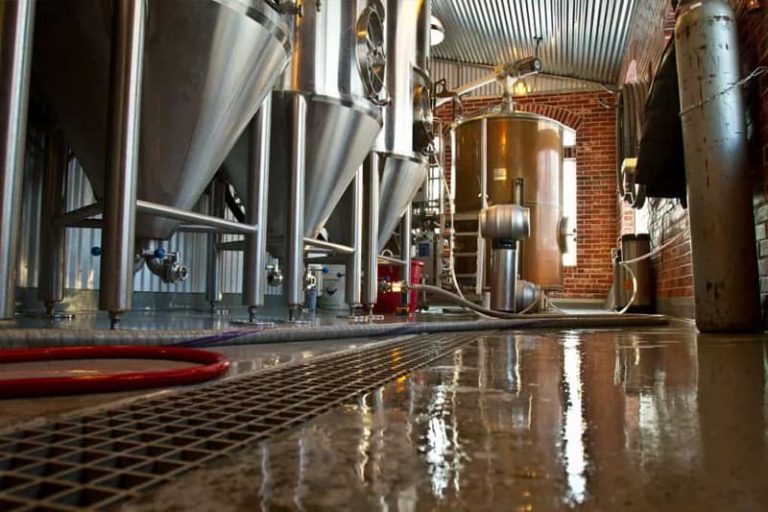
What is the difference between craft beer and industrial beer?
Many people know that craft beer and industrial beer can be distinguished by the taste of beer. Industrial beer has a more bland taste and a lighter color. In addition to looking at the brewery that produces it, you can also tell the difference in other ways.
- Appearance: You may have noticed that industrial beer is usually the same water yellow color, and when you pour it into a glass, the foam will quickly dissolve. Craft beer has an amazing range of colors (depending on how it is brewed). The foam of craft beer can last a long time and can provide you with a better taste.
- Taste: Because industrial beer must maintain homogeneity and needs to be acceptable to most people, the taste of industrial beer is usually bland and tasteless. Craft beer has many unique flavors and is suitable for drinking at higher temperatures.
- Production: Industrial beer brewers are trying to get the most profit, which shows that they will use cheaper raw materials to reduce production costs. Previously, many large brewers would use traditional hops to brew beer. Now, they use rice or corn instead of malt, which can help them reduce costs.

The main raw materials of beer are barley malt and wheat malt. Hops added during brewing to enhance the taste of the beer. Because the production materials and brewing process of beer are different. So it can divide into industrial beer and craft beer. So what is the difference between industrial beer and craft beer?

The main raw materials of beer are barley malt and wheat malt. Hops added during brewing to enhance the taste of the beer. Because the production materials and brewing process of beer are different. So it can divide into industrial beer and craft beer. So what is the difference between industrial beer and craft beer?
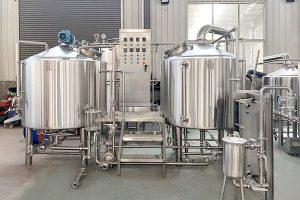
Beer Brewery Equipment Manufacturer The brewing supplies provided by Micet Craft can support your brewing needs from small batches of micro beer brewing equipment to 100 barrels capacity. Micet Craft has reached cooperation with many breweries around the world, we can design and manufacture professional brewing systems for breweries, including cellar beer brewing equipment and other
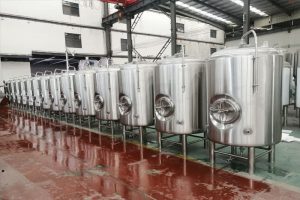
Professional bright Beer tank manufacturer from China The bright tank is a vessel for storing and carbonated beer, it is also called the brite tank. The bright tank is an important part of the workflow of professional beer brewers. It can be used to store and carbonate beer, thus eliminating the trouble of cleaning beer
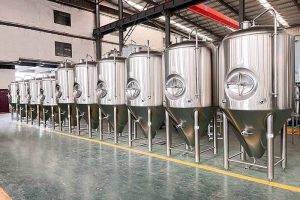
China brewing equipment manufacturer and suppliers Micet Craft has cooperated with breweries in many countries around the world to provide them with brewing equipment. We provide customers with turnkey brewery solutions, which include designing, manufacturing and installing customized breweries. The Micet Craft team has decades of experience in the manufacturing of brewing equipment, we not
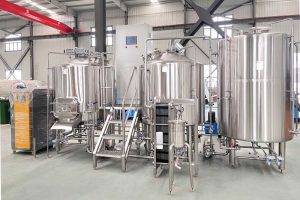
Best brewhouse equipment manufacturer from china Brewing good beer requires brewhouse equipment. Whether you are brewing beer for home, business or brewery, Micet Craft can provide a turnkey solution according to the daily output you need. We have brewhouse equipment with 2 vessels, 3 vessels and 4 vessels, the unique design allows you to do decoction
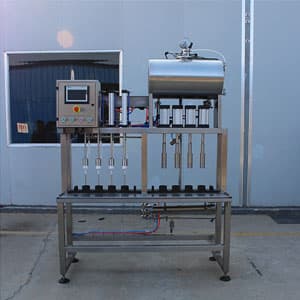
Professional beer filling machine manufacturer Beer filling machine is the core equipment of the beer production line. Our beer filling system uses stainless steel as the production material. Stainless steel is not easy to wear, and it is easy to clean. Micet Craft provides you with a cheap and efficient way of filling beer. We

Best beer brewing system manufacturer from china Micet Craft is a professional beer brewing system manufacturer in China. We mainly produce high-end customized turnkey brewing systems. Whether you are planning to open a nano-brewery, microbrewery, or commercial brewery, we can provide you with the most complete turnkey solution. Our beer brewing systems are all price-competitive
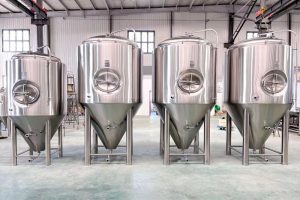
Fermentation Tanks The fermentation tank is where the beer carry out the fermentation process, it provides a place suitable for life activities and metabolism for microorganisms. To adapt to the use of different sizes of breweries, Micet Craft produced a variety of sizes and specifications of fermentation tanks. Customers can choose the most suitable fermentation

